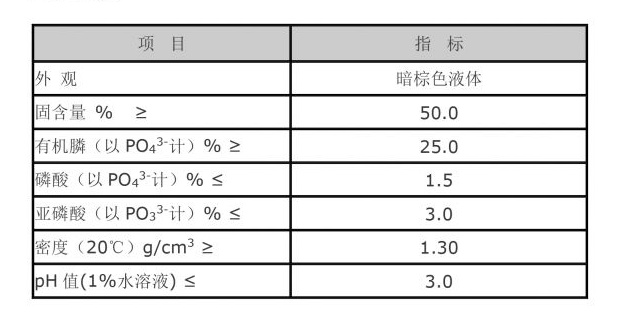Exploring the Efficacy of PBTC as a Scale Inhibitor in Industrial Applications and Processes
Understanding PBTC Scale Inhibitors The Key to Efficient Water Management
In various industrial processes, especially in water treatment and industrial cooling systems, managing scale formation is crucial. Scale buildup can lead to significant operational challenges, including reduced efficiency, increased downtime, and costly maintenance. One effective solution to mitigate scale formation is the use of PBTC (Phosphonobutane-1,2,4-tricarboxylic Acid) scale inhibitors.
What is PBTC?
PBTC is a type of bio-based phosphonate compound that has gained popularity for its exceptional ability to inhibit scale formation. Its unique molecular structure allows it to effectively disperse and inhibit calcium carbonate, barium sulfate, and other inorganic scales that can deposit on surfaces, such as heat exchangers, pipes, and cooling towers. This ensures that systems run efficiently and reliably, minimizing the risk of operational disruptions.
Mechanism of Action
The effectiveness of PBTC as a scale inhibitor stems from its ability to interact at a molecular level with scale-forming ions. Upon introduction into water systems, PBTC binds to calcium and other metal ions, forming stable complexes that prevent these ions from crystallizing. Instead of depositing as scale, the ions remain in a suspended state, reducing the likelihood of buildup. This action not only prevents scale formation but also aids in breaking down existing scale deposits, enhancing overall system cleanliness and performance.
Advantages of PBTC
1. Highly Effective PBTC is proven to be one of the most effective scale inhibitors available. Its ability to operate across a wide range of temperatures and pH levels makes it suitable for various industrial applications.
pbtc scale inhibitorpbtc

2. Environmental Considerations As a bio-based compound, PBTC is less harmful to the environment compared to traditional phosphonate compounds. Its biodegradable nature reduces the long-term ecological impact, making it an attractive choice for companies focused on sustainability.
3. Compatibility with Other Chemicals PBTC is compatible with a range of other water treatment chemicals, including biocides and corrosion inhibitors. This allows for integrated treatment programs that can simultaneously address multiple concerns in water systems.
4. Cost-Effectiveness While there may be a perception that using specialized chemicals is expensive, the long-term savings generated from reduced maintenance costs and improved efficiency often outweigh initial expenditures. Preventing scale formation can dramatically extend the lifespan of equipment and reduce energy consumption.
Applications of PBTC
The applications of PBTC scale inhibitors are vast. They are widely used in industrial cooling systems, reverse osmosis processes, oil and gas operations, and even in domestic water treatment systems. In industrial cooling towers, PBTC helps maintain optimal heat exchange efficiency by preventing scale, thereby improving overall productivity.
In the oil and gas industry, PBTC can prevent scale in pipelines and separators, which is critical for maintaining flow rates and operational integrity. In reverse osmosis systems, it aids in maintaining the membranes' efficiency by mitigating scale buildup, leading to prolonged membrane life and reduced replacement costs.
Conclusion
As industries continue to seek solutions for efficient water management and maintenance, PBTC scale inhibitors emerge as a viable option. Their effectiveness, combined with environmental benefits and compatibility with other treatments, positions them as a key element in modern water treatment strategies. By investing in PBTC, industries not only enhance their operational efficiency but also contribute to a more sustainable approach to water resource management. Consequently, focusing on the adoption of PBTC can lead to both cost savings and environmental stewardship, aligning industrial practices with contemporary sustainability goals.
-
Understanding Acrylic Homopolymers and Their ApplicationsNewsApr.01,2025
-
The Emerging Importance of Polyaspartic AcidNewsApr.01,2025
-
Poly Aluminum Chloride and Polyacrylamide: Key Players in Water TreatmentNewsApr.01,2025
-
Flocculants for Water TreatmentNewsApr.01,2025
-
Essential Solutions for Water Treatment and PurificationNewsApr.01,2025
-
Chemical Solutions for Advanced IndustriesNewsApr.01,2025





